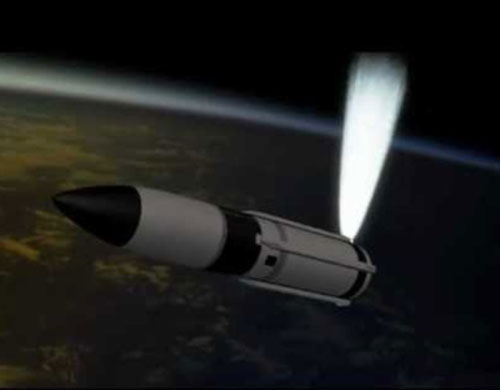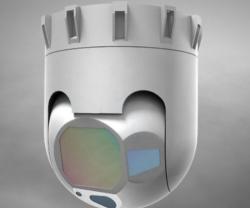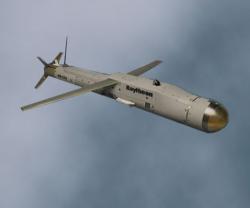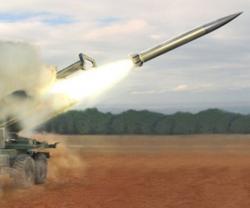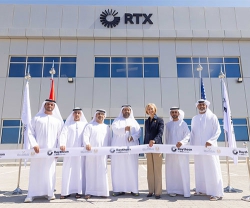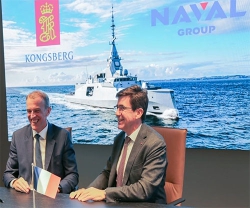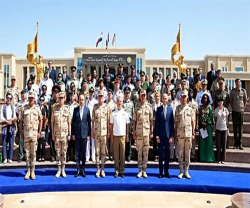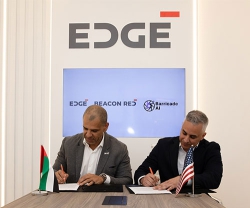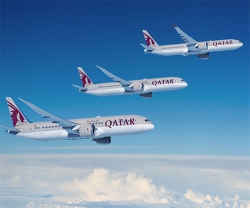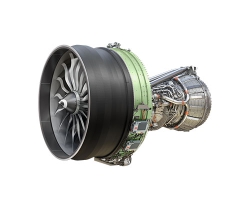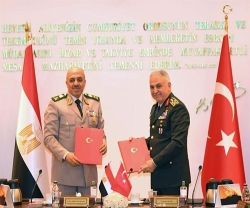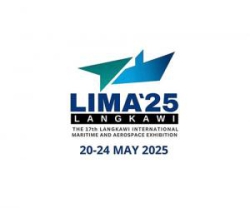The Missile Defense Agency conducted the first intercept test of a Raytheon Land-Based Standard Missile-3 Block IB (photo) from the Aegis Ashore Missile Defense Test Complex.
The SM-3 destroyed an intermediate range ballistic missile target in space by using remote track data from an AN/TPY-2 ballistic missile defense radar in a 'launch-on-remote' engagement.
The test's success keeps the Aegis Ashore program and the SM-3 Block IB on track for deployment in Romania by the end of this year, in line with the second phase of the Phased Adaptive Approach, the U.S.'s plan for missile defense in Europe.
“In many ways, the SM-3 system is the crown jewel of ballistic missile defense. No other sea- and land-based regional missile defense system comes close in terms of range and defended area, especially when paired with the AN/TPY-2 radar,” said Dr. Taylor W. Lawrence, Raytheon Missile Systems president.
The SM-3 and AN/TPY-2 have been used together in flight tests before.
“The range and discrimination of the AN/TPY-2 radar combined with the range and speed of an SM-3 provide incredible coverage, which is why both systems are core elements of the global ballistic missile defense system,” said Tom Laliberty, vice president of missile defense programs at Raytheon Integrated Defense Systems.
Whether launched from sea or shore, SM-3s destroy incoming ballistic missile threats in space using nothing more than sheer impact, which is equivalent to a 10-ton truck traveling at 600 mph. In both land and sea-based versions, the U.S. Navy leverages the same logistics and support infrastructure, which saves money, time and training. More than 230 SM-3s have been delivered to date.
AN/TPY-2 is a high resolution, transportable, rapidly deployable X-band radar capable of providing long range acquisition, precision track, and discrimination of all classes of ballistic missiles. AN/TPY-2s are deployed globally in both terminal and forward-based mode.
Raytheon Company, with 2014 sales of $23 billion and 61,000 employees worldwide, is a technology and innovation leader specializing in defense, civil government and cybersecurity markets throughout the world.
With a history of innovation spanning 93 years, Raytheon provides state-of-the-art electronics, mission systems integration and other capabilities in the areas of sensing; effects; and command, control, communications and intelligence systems, as well as cybersecurity and a broad range of mission support services.

